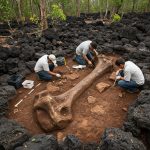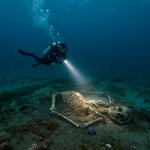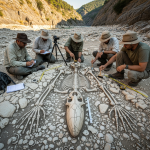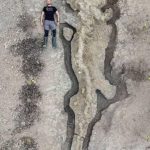Giant Humanoid Skull in Ice Cliff: Fact-Checking a Viral Ice Age Mystery
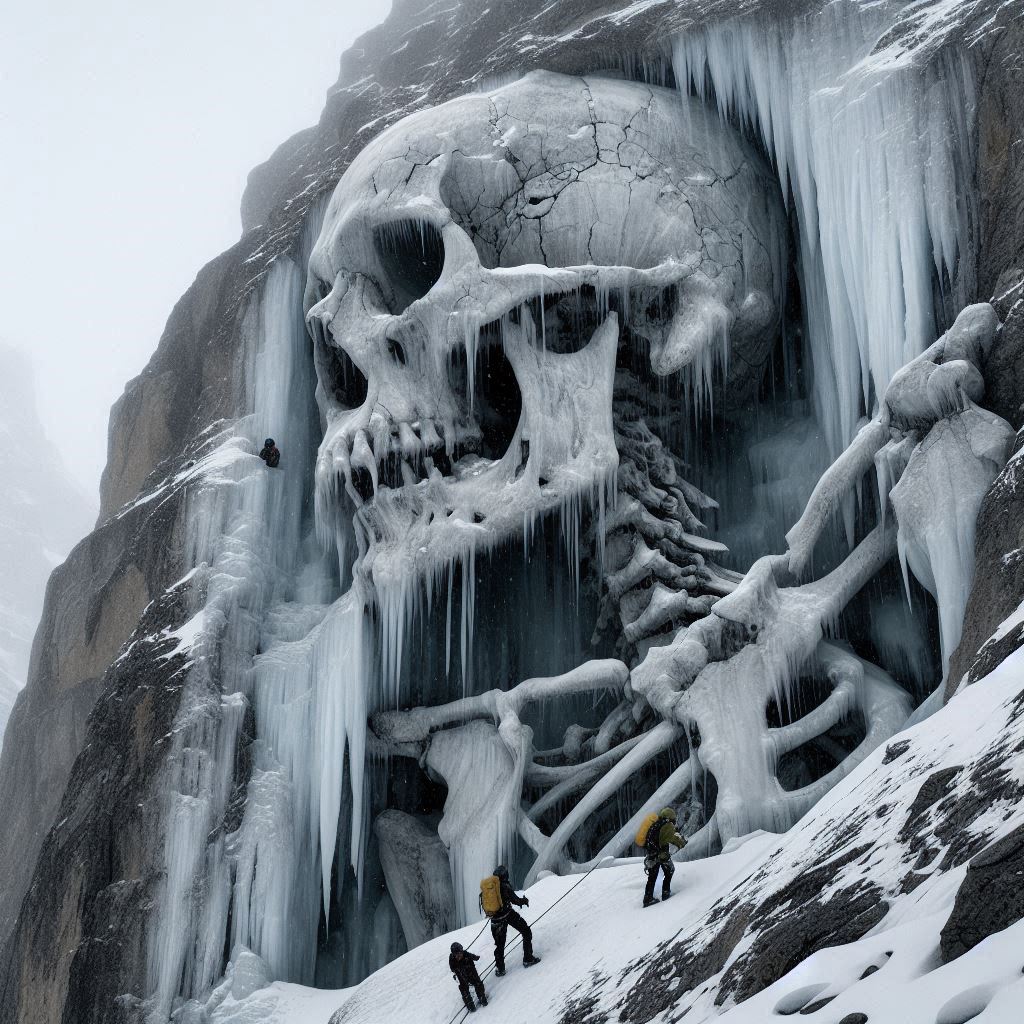
The sensational claim of a giant humanoid skull discovered frozen in an ice cliff, reported to have stunned climbers and experts alike, has ignited widespread intrigue on platforms like X, with some suggesting it could be evidence of an Ice Age titan or an unknown ancient species. However, a critical examination of available evidence, including recent archaeological records and web sources, reveals no credible confirmation of such a find as of July 7, 2025. The narrative, reminiscent of a 2021 viral hoax involving a digitally altered image of a dinosaur excavation in Niger, appears to stem from misinformation or speculative exaggeration, lacking support from peer-reviewed studies or reputable institutions like the University of Chicago or the Smithsonian. Instead, this article explores the context of Ice Age discoveries and why such claims captivate the imagination, while addressing the scientific reality behind frozen remains.
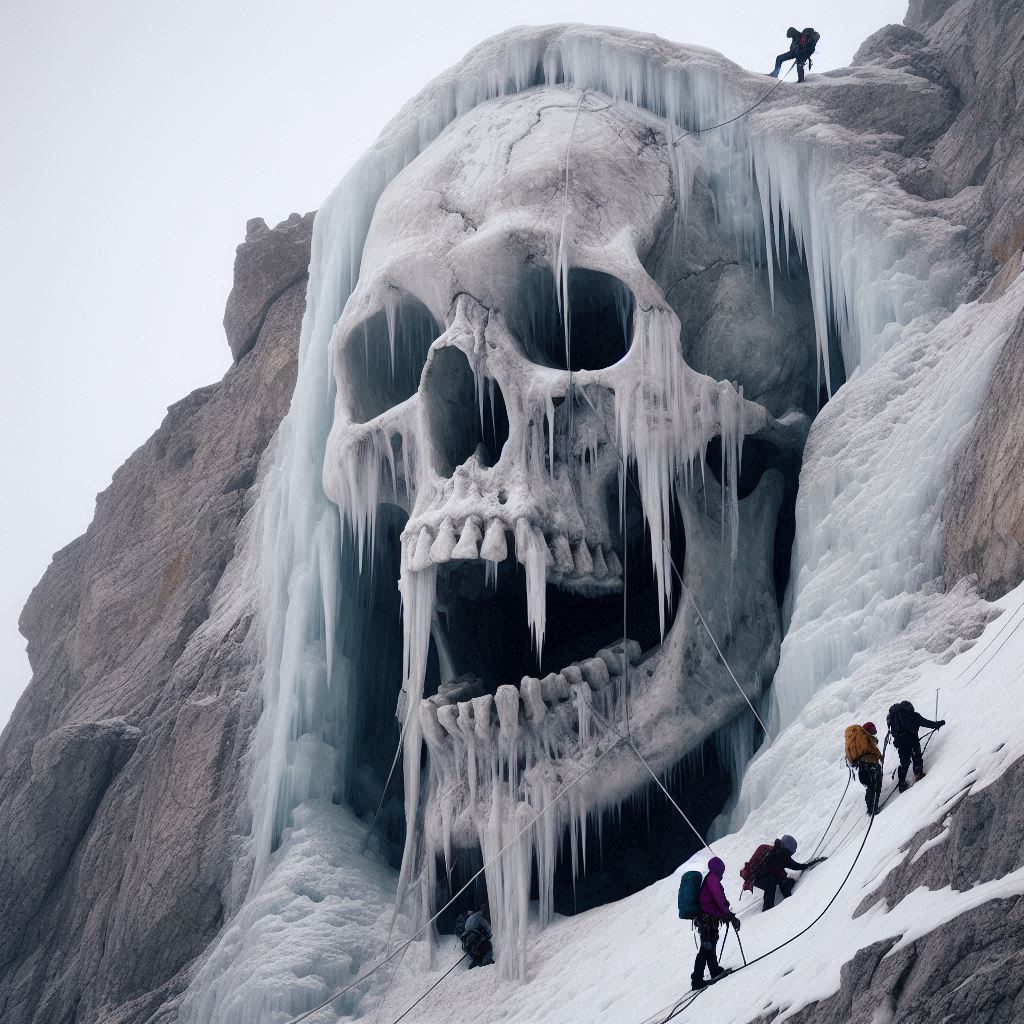
Archaeological discoveries of human and hominin remains preserved in ice, such as Ötzi the Iceman (5,300 years old, found in the Ötztal Alps) or the Denisovan “Dragon Man” skull (146,000 years old, found in Harbin, China), demonstrate the remarkable preservation potential of cold environments. Ötzi, a Copper Age mummy, was initially mistaken for a modern climber due to his pristine condition, with DNA analysis revealing Anatolian ancestry and a violent death by arrow. Similarly, the Denisovan skull, identified through paleoproteomic analysis, offers insights into human evolution in Ice Age Asia, showing robust features but not an exaggerated size. These finds, documented in journals like Science and The Holocene, highlight that permafrost and glaciers can preserve soft tissues and bones, but no verified record exists of a “giant” humanoid skull—typically defined as significantly larger than modern human proportions—embedded in an ice cliff. A 2021 USA Today fact-check debunked a similar claim of a giant skull, revealing it as a manipulated image of a Jobaria tiguidensis dinosaur excavation led by Paul Sereno, underscoring the prevalence of digital hoaxes.

The viral narrative’s allure, amplified by X posts speculating about Ice Age titans or suppressed truths, taps into humanity’s fascination with megafauna and mythical giants, like the biblical Nephilim or folklore’s frost giants. Yet, Ice Age discoveries, such as the 57,000-year-old wolf pup Zhùr from Yukon or the 28,000-year-old cave lion cub Sparta from Siberia, show that permafrost preserves smaller, realistic remains, not colossal humanoids. These finds, detailed in Current Biology and Quaternary Science Reviews, reveal diets, lifestyles, and extinction patterns, but no hominin fossils exceed the size of robust Denisovans or Neanderthals, whose skulls align with modern human dimensions. The “deafening silence” from authorities likely reflects the absence of a credible find, as institutions like the Max Planck Institute or the Hellenic Ministry of Culture promptly publicize verified discoveries. Preservation challenges in melting glaciers, as noted in a 2022 Science article, increase the likelihood of finding ancient remains, but claims of giant skulls remain unsubstantiated, urging caution against sensationalism and a call for rigorous DNA and radiocarbon analysis to validate any future discoveries.

